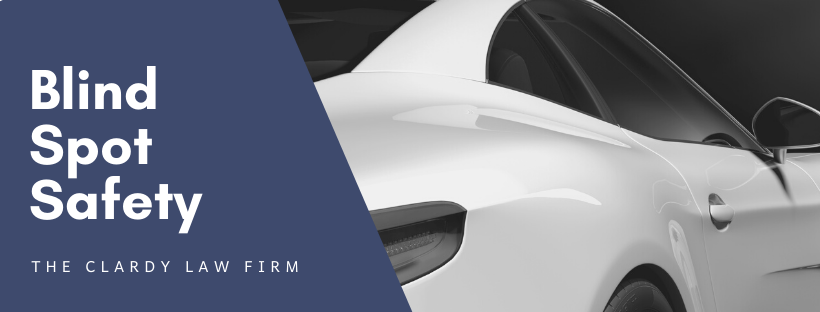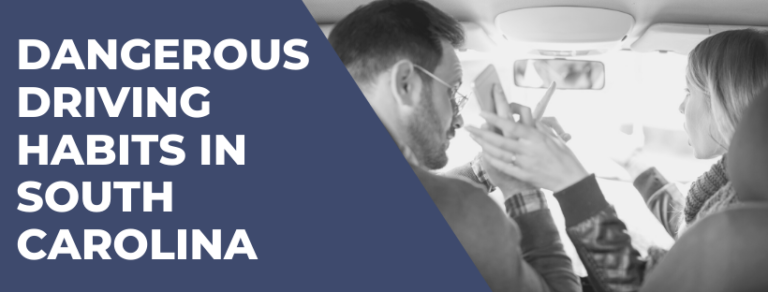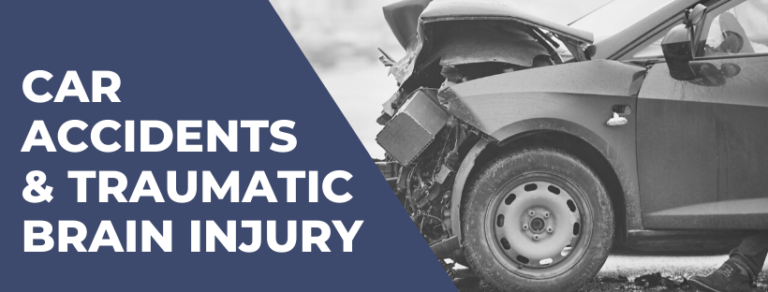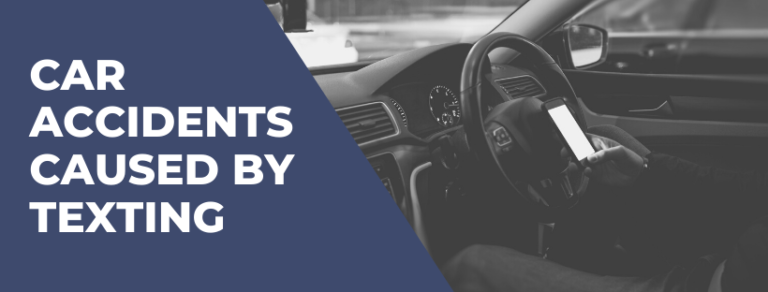Blind spots. Everybody has one, but not everyone knows how to properly look for the potential dangers hidden in them. No matter how long you’ve been driving, you may be at risk of getting in a blind spot accident. In our ultimate guide to blind spot safety, we look at how blind spot accidents happen, explore who might be liable, and offer our top blind spot safety tips so that you’re protected on the road.
Why Is Blind Spot Safety Important?
Not being aware of blind spots is a common cause of car accidents.
Not correctly checking your blind spots can lead to devastating car accidents, ranging from a sideswipe accident to a rear-end collision or T-bone accident.
Blind-spot accidents typically happen when a driver attempts to turn, change lanes, or merge onto the highway. If a driver genuinely cannot see you because part of their vehicle is blocking their view, they can’t take evasive action, which can lead to a crash.
Driving on the road is a two-way street. We follow the law, make every effort to drive safely, and trust that other drivers do the same. But unfortunately, you can’t always count on others. That means it’s not enough for you to be aware of your blind spots. To ensure blind spot safety, you also need to be aware of other drivers’ blind spots and understand the various ways blind spot accidents can occur.
How Blind Spot Accidents Happen
When you think of the term “blind spot”, it might conjure images of a huge semi-truck tailing a small passenger car and a truck driver not being able to see when the vehicle ahead brakes.
While blind spot accidents involving trucks are common, all vehicles have blind spots. A blind spot accident can happen for many reasons, and several factors can make a collision more likely.
Blind Spot Accidents While Driving under the Influence
Driving under the influence of drugs or alcohol can impair concentration, judgment, and reaction times. It’s not hard to imagine the damage an accident could do if a drunk driver forgets to check their blind spots or can’t correctly measure how fast a car is approaching — or how far away it is — before changing lanes.
Blind Spot Accidents Due to Distracted Driving
Distracted driving comprises a range of behaviors, from texting or talking on the phone to eating or talking to other passengers. A driver only needs to momentarily take their eyes off the road to cause a devastating crash. When drivers are distracted, they’re not paying attention to their surroundings. While many drivers like to claim they can multitask, what the brain is doing is rapidly jumping back and forth. This divides focus and attention, and it can cause a driver to miss a blind spot. To illustrate this, a driver might get a phone call. As they accept the call, they check their blind spots and pull out, thinking the road’s clear — only to sideswipe a vehicle they didn’t see because they weren’t paying full attention.
Blind Spot Accidents from Driving While Fatigued
The symptoms of driving while fatigued aren’t dissimilar to those of driving under the influence. Tiredness slows reaction speed and makes it difficult to focus on the road ahead — let alone remember blind spot safety. Of course, there’s also a real risk of falling asleep at the wheel, which can cause a catastrophic car accident.
To avoid this type of blind spot accident, drivers should take regular breaks, pull over at the first sign of fatigue, and avoid driving late at night after a long day, where the low light can make it even easier to miss traffic.
It doesn’t matter how many years you’ve been driving and how experienced you are behind the wheel — blind spots can affect anyone, and it’s always worth brushing up on blind spot safety tips.
Blind Spot Safety Tips
Blind Spot Safety Tip #1: Adjust Your Mirrors
To ensure blind spot safety, make sure your mirrors are in the correct position before heading out. Your side mirrors should give you a clear view of any cars in the adjacent lanes, while your rear mirrors should let you see as much of the rear of your vehicle as possible.
However, you must remember that there are always areas your mirrors won’t cover. If you have less visibility through your back windows, checking your standard mirrors won’t be enough to adequately check for blind spots. In these cases, you could consider alternatives such as blind spot mirrors — which give you a broader view of the road behind you and are an easy and cost-effective method of upping your blind spot safety — or cameras on the back end of your car.
Your mirrors are vital for helping you avoid blind spot accidents, and you should always check them before changing lanes.
Blind Spot Safety Tip #2: Use a Blind Spot Warning System
You can install a blind spot warning system to increase your awareness of what’s around you — even if you cannot see it. These sensors beep or flash when a vehicle is in one of your blind spots. In most newer cars, warning systems come as standard, but you shouldn’t expect that all cars boast this feature. They’re also not foolproof and might not always go off in time, so it’s vital to use common sense and implement other blind spot safety tips — such as checking your mirrors.
Blind Spot Safety Tip #3: Look Before Moving
You need to know where your blind spots are — every vehicle is slightly different. As a rule, the bigger the vehicle, the bigger the blind spot.
Before changing lanes or turning, take a quick look through your back and side windows, ensuring you account for the potential blind spots of oncoming traffic. However, don’t take your concentration off the road, which can be just as dangerous.
Blind Spot Safety Tip #4: Keep Your Windows Clear
It’s no good trying to look through your back and side windows if you can’t get a proper view. Having large stickers or blinds on your windows or groceries stacked up on your rear seats can cause a blind spot of its own. Before heading out on the road, ensure your windows are free from anything that could hinder your sight checks.
Blind Spot Safety Tip #5: Keep a Distance
Whether you’re turning in or driving down a highway behind another vehicle, keep a safe distance. Tailgating can cause severe crashes if the car in front has to swerve or suddenly brake to avoid a hazard up ahead.
You should be particularly cautious if you share the road with a heavy vehicle, such as a semi-truck. If you cut off a heavy truck, the driver will unlikely have enough space to brake on time. It takes 525 feet for a loaded truck traveling 65 miles per hour to stop — almost the length of two football fields.
Likewise, driving too close can put you straight in a truck’s blind spot, and the impact of a truck accident can be deadly.
Blind Spot Safety Tip #6: Assume Other Drivers Can’t See You
The best way to avoid a blind spot accident is to be overly cautious and assume that other drivers aren’t aware of their blind spots. In all likelihood, most drivers are diligent and take care when moving lanes, turning in, or merging, but it only takes one driver to act hastily for you to find yourself in a car accident.
It’s highly unlikely you’re familiar with different types of cars and what it’s like to drive them, so you can’t account for all blind spots. For example, vehicles like the Dodge Charger have less visibility at the back, and a driver may not see you until it’s too late. However, by exercising caution, you can reduce the risk of a crash.
Have You Been Injured in a Blind Spot Accident?
If you’ve been injured in a blind spot accident, you could be entitled to compensation.
A successful personal injury claim rests on proving liability, which can be difficult, especially if the other driver refuses to accept responsibility. A car accident lawyer can help you gather evidence and eyewitness testimony and negotiate a fair settlement while you focus on your recovery. A personal injury claim can recover your medical expenses, repair costs, and lost wages and compensate you for the pain and suffering you’ve endured as a result of your crash.





